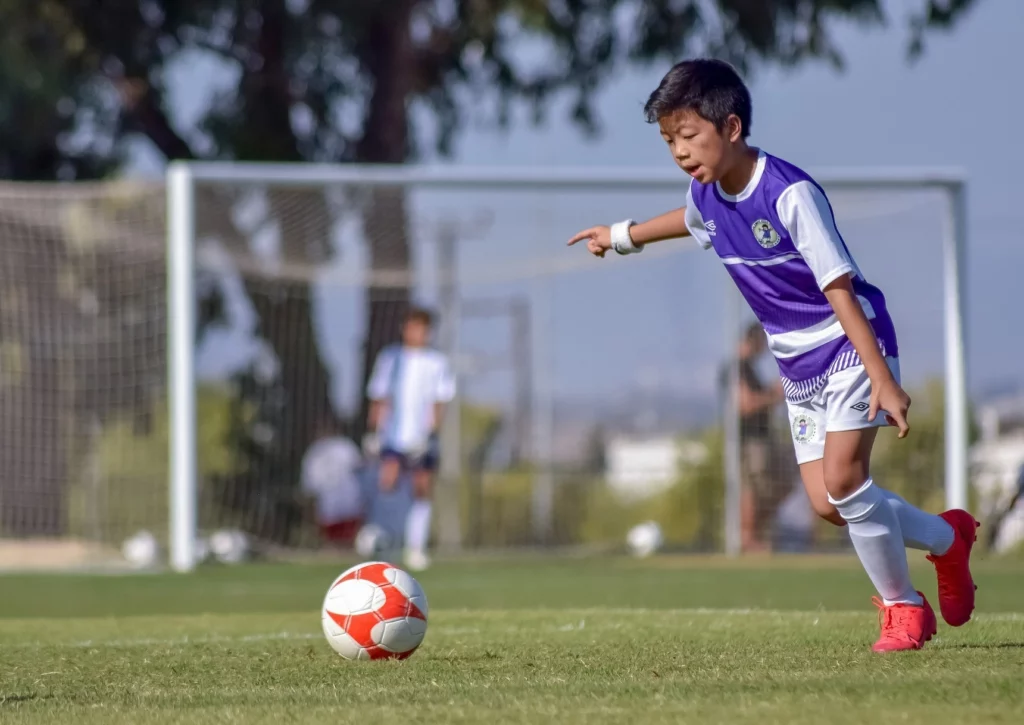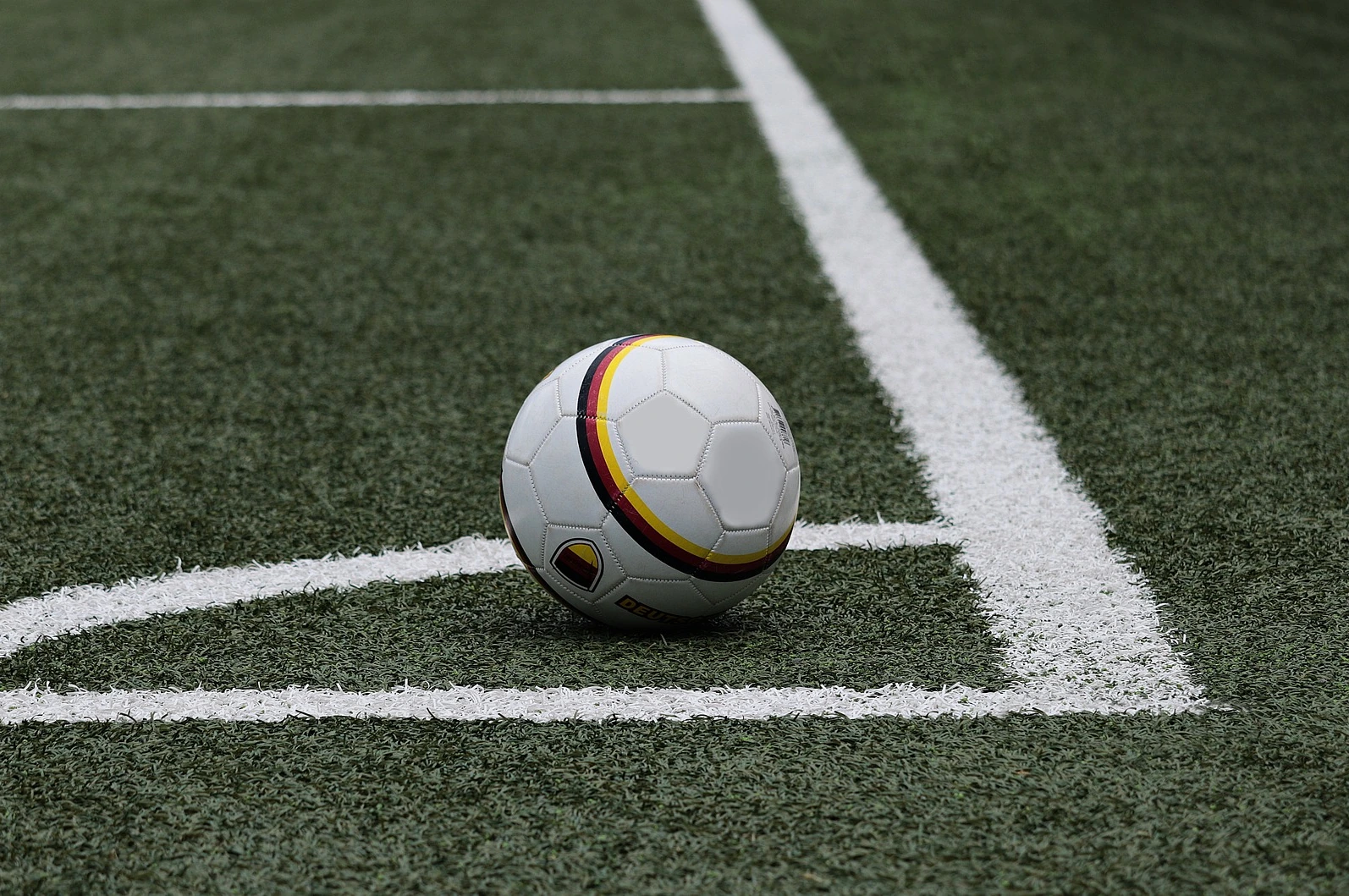Choosing the right soccer ball depends on several factors including your playing level, the environment in which you’ll use the ball, and your budget. Are you buying a ball for casual play, professional matches, training, or just for fun in the backyard? Not all balls are made for all purposes. Training balls, for instance, are built for durability and can be used in all kinds of conditions, whereas professional match balls are designed for performance and adhere to specific regulations.
For the more advanced players, the aerodynamics of the ball might be a consideration. Some balls are designed with special patterns or shapes that allow them to travel more accurately through the air.
Some modern soccer balls come equipped with technology for tracking, such as sensors for tracking movement, speed, and other metrics. These can be particularly useful for training purposes.
A Guide To Choosing The Right Soccer Ball!
Here’s a guide to help you make the right choice:


- Size: Soccer balls come in different sizes, and the right size depends on the age group of the players. Here’s a general guideline:
- Size 3 balls are for young children (ages 8 and under).
- Size 4 balls are for youth players (ages 8-12).
- Size 5 balls are for older youths (ages 13+) and adults and are considered the standard size for professional soccer.
- Material: The material can determine the durability and feel of the ball.
- Leather was once the top choice, but most modern soccer balls are made from synthetic materials like polyurethane (PU), which offers a more consistent performance and is waterproof.
- PVC balls are usually cheaper and may be ideal for beginners or practice balls.
- Stitching: The durability of a ball can often be determined by the stitching.
- Hand-stitched balls tend to be more durable and higher quality.
- Machine-stitched or glued panels on a ball are common in lower-cost balls used for practice or leisure.
- Bladder: The bladder of a soccer ball can affect air retention and how the ball feels when it’s kicked.
- Latex bladders offer excellent surface tension but may need more frequent inflation.
- Butyl bladders retain air better and need less frequent inflation.
- Playing Surface: Consider where you will be playing.
- If playing on rough surfaces like concrete, consider a ball with a more durable cover material.
- Indoor soccer balls are designed to be less rebounding and are made of materials that won’t mark or damage walls.
- Quality and Price: High-quality balls used in professional leagues and tournaments are more expensive, but for casual play, you can opt for medium-priced balls that offer durability and decent performance. A warranty can be a useful safeguard against defects and provide you with peace of mind that the company stands behind its product.
- Touch and Feel: If possible, try out the ball before you buy. The ball should feel comfortable when kicked, and you should enjoy the touch and feel of the ball.
- Certifications: For competitive play, you might need a ball that meets certain standards. Look for certifications like FIFA Quality Pro, FIFA Quality, IMS (International Match Standard), or others.
Also, sometimes the brand does matter, especially in terms of quality assurance. Brands like Adidas, Nike, and Puma, for instance, have a long history of producing quality soccer balls that are used in professional leagues and tournaments. Researching or sticking to reputable brands can sometimes be a good strategy to ensure quality and durability. - Visual Design: While not affecting the performance, the color and design of the ball can be selected based on personal preference and visibility during play.
Remember, the right ball for you is one that suits your level of play, is comfortable to use, and fits within your budget.
6 Youth Size Neon Soccer Balls
Unleash the Atom!Show off your out-of-this-world skill with these bold neon soccer balls! Each set of balls comes in six vibrant shades: Radioactive Red, Gamma Ray Green, Electric Blue, Ultraviolet, Proton Pink, and Stellar Yellow.These balls are youth size 4, 8″ and are great for teaching young players about the sport. This set comes with an air pump for inflating as well as a mesh storage bag…


At CSJAcupuncture.com, we’re dedicated to empowering you with knowledge that promotes holistic well-being. Explore our educational resources based on clinical experience, science, and best integrative medicine practices. Embark on a journey toward a healthier, balanced life!
